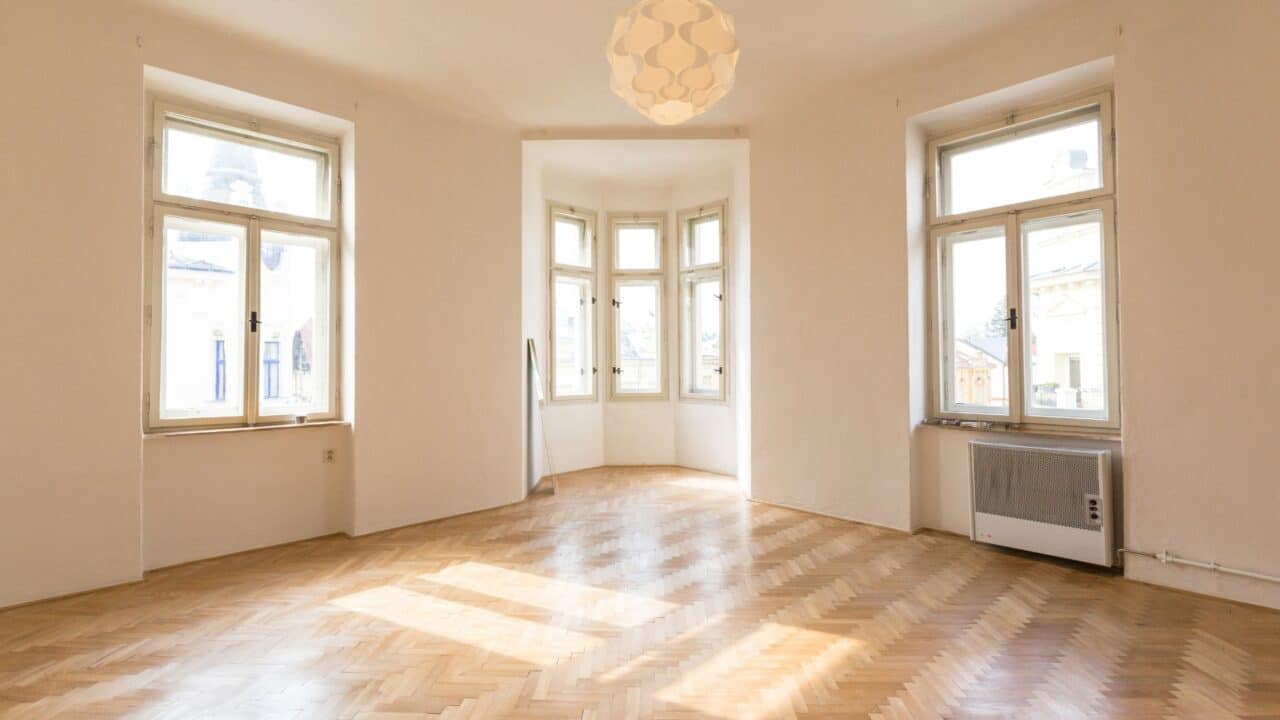Key Takeaway
Painting an empty home is almost always less expensive and more efficient. With no furniture to cover or move, painters save hours of prep work, reduce material waste, and complete projects in significantly less time. That translates into lower labor costs, a cleaner finish, and a faster turnaround — especially valuable if you’re selling or moving in.
Why Painting a Furnished Home Costs More
Furnished homes create obstacles. Every chair, bed, or table has to be moved, covered, and carefully worked around. That adds:
-
Extra hours for setup and cleanup
-
More materials like plastic coverings and tape
-
Slower movement from room to room
Even for DIY painters, the hassle is real. Wrestling heavy furniture or trying to paint behind large items makes the job harder and often leads to uneven results. Professionals factor this extra time and effort into their price, which is why painting a furnished home typically costs more.
Why Painting an Empty House Is Faster
Empty rooms let painters work without interruption. Walls and ceilings are completely exposed, which means they can:
-
Roll and cut in quickly without stopping to move items
-
Use ladders and extension poles freely
-
Work across multiple rooms in a seamless flow
That efficiency matters. A project that might take a crew four days in a furnished house can often be done in just two when the space is empty. Faster work equals lower labor costs — and less disruption for you.
Savings Beyond Labor
It’s not just time. An empty home requires far fewer materials. Painters don’t need to buy or use as many drop cloths, rolls of tape, or plastic sheeting. Those savings are built into the final price.
The real payoff, though, is in quality. With no risk of bumping into belongings or dripping onto furniture, the finish tends to look sharper and more professional.
Why Timing Matters
If you’re preparing to sell, the best time to paint is after moving out but before listing. Here’s why:
-
The work is cheaper and faster in an empty home.
-
Fresh, neutral paint makes listing photos pop.
-
Buyers see a clean, move-in-ready space instead of rooms cluttered with old colors or furniture.
Even if you’re not selling, painting before you move into a new home is smart. You start with a fresh, polished space and avoid the headache of working around your own furniture later.
Extended FAQ
Q: How much cheaper is painting an empty home?
Labor costs are often 20–30% lower. For a whole-home job, that could mean hundreds or even thousands saved, depending on the square footage.
Q: Does the size of the home affect the savings?
Yes. The larger the home, the more furniture there would be to move and cover — so the savings are amplified in bigger properties.
Q: Should I paint before moving furniture in or after?
Always before if you can. It avoids damage to your belongings and lets painters work more efficiently.
Q: Is there ever a reason to paint while a home is still furnished?
Yes. If you’re staying put for many years and only need to refresh a few rooms, it may not be worth waiting. Painters can still work around your furniture, but it will cost more.
Q: Does painting an empty home mean better results?
Typically, yes. With open access, painters can hit every surface evenly and minimize missed spots, drips, or uneven edges.
Q: What’s the best paint color if I’m painting an empty house to sell?
Light, neutral shades like off-white, beige, or soft gray. These colors appeal to buyers, make rooms feel larger, and show well in photos.
Q: Do painters charge special rates for vacant homes?
Some do. Since jobs take less time, they may offer “vacancy discounts” to stay competitive. Always ask during the estimate.
Q: Should I still include ceilings and trim when repainting an empty house?
Yes. With no furniture or decor to distract, unfinished ceilings and trim are more noticeable. A complete repaint looks cleaner and more polished.
Q: If my house is partially furnished, will I still save money?
Likely. Even reducing furniture in half the rooms can cut prep time significantly. Ask painters how the layout will affect pricing.
Q: Can I save money by moving the furniture myself instead of hiring painters to do it?
Yes. If you clear rooms fully before the crew arrives, you avoid being charged for labor hours spent shifting furniture.
Q: Does painting before moving in reduce stress later?
Absolutely. You won’t have to worry about paint fumes while living in the house or the frustration of covering furniture you just bought or moved in.
Q: What if I only need one or two rooms painted?
For small projects, the cost difference between furnished and empty is less dramatic. The biggest savings happen in whole-home repaints.
Q: Are there seasonal benefits to painting an empty home?
Yes. If you’re already moving in spring or summer, painters can work quickly with windows open for ventilation. Winter moves may still be efficient, but scheduling flexibility can be tighter.
Q: Does painting an empty rental property follow the same rules?
Yes. Landlords often schedule painting between tenants because it’s cheaper, faster, and ensures a fresh look for showings.
Q: How far in advance should I book painters for an empty house?
Ideally, a few weeks before your move-out or move-in date. Painters book up quickly in peak seasons (spring/summer), so scheduling ahead locks in the efficiency savings.

